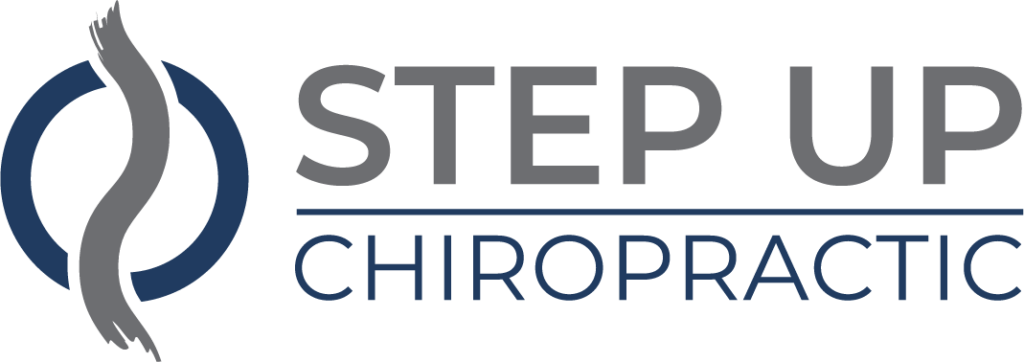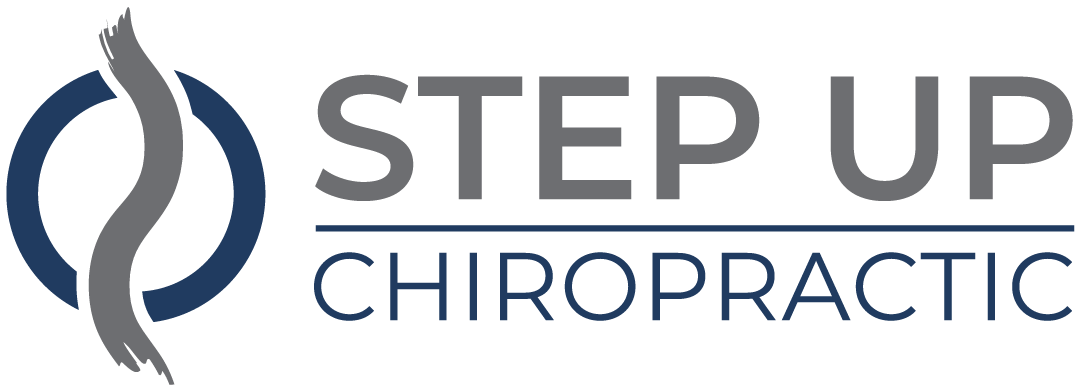When you think about healing sports injuries, you might picture standard treatments and long recovery times, but in Honolulu, the approach is anything but conventional. You'll find a unique blend of traditional practices like lomilomi massage alongside cutting-edge therapies that challenge the norm. As athletes navigate their recovery, they tap into the island's rich resources, both natural and innovative. The journey doesn't stop there, though—discover how these methods not only heal but also transform resilience in ways you might not expect. What's the real secret behind their success?
The Impact of Sports Injuries
Sports injuries can considerably affect not just athletes, but also their teams and communities. When you or a teammate gets injured, it disrupts the rhythm and morale of the entire group. You might feel the weight of responsibility, knowing that your absence could hinder your team's performance. It's not just about missing games; it's about the shared experiences, camaraderie, and support that come with being part of a team.
Injuries can also lead to financial strain for athletes and their families. Medical bills start piling up, and if you're a young athlete, your parents may have to shoulder these costs. The pressure to recover quickly can be overwhelming, and you may find yourself juggling rehabilitation with school or work commitments. This added stress affects not just you but also your loved ones, who worry about your health and future.
Moreover, the ripple effects extend to the community. Local businesses that rely on game-day traffic may see a decline in revenue if your team isn't performing at its best. Fans, who passionately rally behind you, may also feel disheartened by your injury, impacting their engagement and support.
In essence, sports injuries don't just sideline you; they create a chain reaction that resonates far beyond the field. Recognizing this interconnectedness can help foster empathy and solidarity among everyone involved, reinforcing the notion that sports are a collective experience.
Local Healing Practices
Exploring local healing practices can offer valuable support for athletes recovering from injuries. In Honolulu, traditional methods blend seamlessly with modern approaches, creating a unique healing environment. You might find that practices like lomilomi massage provide not just physical relief, but also emotional healing. This ancient Hawaiian technique focuses on the entire body, promoting circulation and easing muscle tension, which can be especially beneficial after a sports injury.
Another local practice to contemplate is the use of 'aina (land) therapy. By engaging with nature, whether through hiking or simply spending time outdoors, you can enhance your recovery process. The healing properties of the natural environment can help reduce stress and improve your mental well-being, which is essential during recovery.
Additionally, you might want to explore herbal remedies commonly used in Hawaiian culture. Plants like noni and kava are known for their anti-inflammatory properties and can support your healing journey. Consulting with local practitioners who understand these herbs can provide you with personalized guidance.
Participating in cultural rituals, like ho'oponopono, can also aid your recovery. This traditional Hawaiian practice focuses on forgiveness and emotional healing, helping you address any mental barriers that might hinder your physical recovery.
Incorporating these local healing practices into your rehabilitation routine can greatly enhance your recovery experience, offering a holistic approach that nurtures both body and mind. Embrace these methods, and you may find yourself healing faster and reclaiming your athletic prowess.
Innovative Therapies in Honolulu
In addition to traditional healing methods, Honolulu offers a range of innovative therapies designed to accelerate recovery from sports injuries.
You'll find cutting-edge treatments that not only speed up healing but also enhance your overall performance. These therapies often combine technology with holistic approaches, providing you with an extensive path to recovery.
Here are three innovative therapies you might consider:
- Cryotherapy: This involves exposing your body to extremely cold temperatures for a few minutes. It can greatly reduce inflammation and pain, allowing you to get back to your favorite activities sooner.
- Hyperbaric Oxygen Therapy: By breathing pure oxygen in a pressurized room, your body can heal faster. This therapy promotes blood flow, delivering more oxygen to injured tissues and accelerating recovery times.
- Regenerative Medicine: Techniques like platelet-rich plasma (PRP) therapy use your body's own healing mechanisms. By injecting concentrated platelets into injured areas, you promote tissue repair and regeneration, giving you a natural boost.
These therapies aren't just about healing; they're about reclaiming your passion for sports.
When you experience the relief and rejuvenation from these innovative treatments, you'll feel empowered to push your limits. Embracing these options can make a considerable difference in your recovery journey, helping you return stronger and more resilient than ever.
Importance of Physical Therapy
Physical therapy plays an essential role in your recovery from sports injuries, providing tailored exercises and expert guidance to restore strength and mobility. When you experience an injury, it's imperative to work closely with a physical therapist who can assess your condition and develop a personalized rehabilitation program. This program not only addresses your specific injury but also considers your overall athletic goals.
In the early stages of recovery, your therapist may focus on reducing pain and swelling through modalities like ice, heat, or electrical stimulation. As you progress, they'll introduce exercises that enhance flexibility, strength, and coordination. You'll learn the importance of proper technique, which can help prevent future injuries.
Moreover, physical therapy plays a significant role in improving your range of motion and functional capabilities. By committing to your rehabilitation, you'll regain the confidence to return to your sport, often faster than if you tried to heal without professional support. Your therapist will also educate you on body mechanics and posture, which can be instrumental in avoiding re-injury.
Staying engaged in your therapy sessions is key. You'll not only benefit from the hands-on treatment but also gain valuable knowledge about your body and how it works. This understanding empowers you to take an active role in your recovery and subsequent training.
Ultimately, physical therapy isn't just about healing; it's about enhancing your performance and ensuring you stay in the game for the long haul.
Nutrition and Recovery
To recover from sports injuries effectively, you need to focus on the right nutrition.
Essential nutrients play a vital role in healing, while staying hydrated helps your body function at its best during recovery.
Let's explore how what you eat and drink can impact your healing process.
Essential Nutrients for Healing
Healing from a sports injury requires more than just rest; fueling your body with essential nutrients plays an important role in recovery.
You need to focus on what you eat to speed up the healing process and regain your strength. Here are three essential nutrients you shouldn't overlook:
- Protein: Your body needs protein to rebuild and repair tissues. Incorporate lean meats, fish, eggs, or plant-based sources like beans and lentils. This helps mend those injured muscles and ligaments.
- Vitamin C: This powerful antioxidant promotes collagen production, which is critical for healing. Citrus fruits, strawberries, and bell peppers are great choices. By boosting your vitamin C intake, you can enhance the recovery process and reduce inflammation.
- Omega-3 Fatty Acids: Found in fatty fish, walnuts, and flaxseeds, omega-3s have anti-inflammatory properties. They help reduce pain and swelling, making your recovery journey that much smoother.
Hydration's Role in Recovery
Proper hydration is just as important as nutrition when it comes to recovering from sports injuries. Your body needs water to facilitate various healing processes, including nutrient absorption and waste elimination. Staying hydrated helps maintain blood volume, which guarantees that oxygen and essential nutrients reach your injured tissues more efficiently.
When you're dehydrated, your body can't function at its best. This can slow down your recovery time, making it more challenging to get back to your sport. Aim to drink water consistently throughout the day, especially before, during, and after any physical activity.
If you're sweating heavily, consider beverages that replace electrolytes to maintain your balance. Listening to your body is key. If you feel thirsty, don't wait to hydrate. Additionally, consider the weather and your activity level; hot and humid conditions may increase your hydration needs.
Mental Resilience and Support
When you face a sports injury, building mental toughness is just as essential as physical recovery.
Surrounding yourself with a strong support system can make all the difference in your healing journey.
Let's explore how resilience and the right people can help you bounce back stronger than ever.
Building Mental Toughness
Building mental toughness is vital for athletes recovering from injuries, as it empowers you to navigate the emotional challenges that come with physical setbacks. The journey isn't just about physical healing; it's also about fortifying your mindset.
You'll encounter moments of doubt, frustration, and fear, but focusing on mental resilience can help you push through.
Here are three strategies to build that mental toughness:
- Embrace the Challenge: View your injury as an opportunity for growth. Every setback can teach you something valuable, shaping you into a stronger competitor.
- Set Small Goals: Break down your recovery into manageable steps. Celebrate each milestone, no matter how small. These victories can boost your confidence and keep you motivated.
- Practice Positive Self-Talk: Replace negative thoughts with affirmations. Remind yourself of your strength and resilience. You're capable of overcoming this challenge, and your mindset will play a significant role in your recovery.
Support Systems Matter
Mental resilience plays a significant role in your recovery, but it's often the support systems around you that can make all the difference. When you're injured, it's easy to feel isolated, but having a strong network can be your lifeline. Friends, family, teammates, and coaches can offer encouragement, practical help, and emotional support that boost your spirits.
Engaging with your support system can also help you stay accountable. When you share your goals with others, they can keep you motivated and focused on your recovery. Whether it's a daily check-in text or joining you for a light workout, these small gestures remind you that you're not alone in this journey.
Additionally, consider seeking professional support like a sports psychologist. They can equip you with strategies to cope with the emotional challenges of being sidelined.
Community Resources for Athletes
Numerous community resources are available to support athletes recovering from injuries. In Honolulu, you'll find an array of programs and services designed to help you heal both physically and mentally. These resources can be a game-changer, providing you with the tools and support you need to get back on track.
1. Local Sports Clinics: Many clinics offer specialized rehabilitation programs tailored specifically for athletes. These facilities employ experienced professionals who understand the unique challenges you face during recovery.
They'll work with you to create a personalized plan that accelerates your healing.
2. Support Groups: Connecting with others who are experiencing similar struggles can be incredibly therapeutic. Local support groups provide a safe space for you to share your feelings, exchange tips, and draw strength from one another's stories.
You're not alone in this journey, and these connections can be invaluable.
3. Workshops and Seminars: Various organizations host workshops focused on injury prevention, mental resilience, and nutrition. Attending these sessions can equip you with knowledge that not only aids in recovery but also helps you prevent future injuries.
Staying informed empowers you to take charge of your health.
Utilizing these community resources can make all the difference in your recovery journey. Embrace the support available, and remember that healing isn't just about physical recovery; it's also about emotional and mental well-being.
You're on the path to coming back stronger than ever!
Success Stories From Honolulu
Inspiration can often be found in the stories of those who've faced similar challenges and emerged victorious. In Honolulu, you'll find countless athletes who've battled injuries and come out stronger.
Take, for example, Sarah, a local runner who suffered a severe ankle sprain just weeks before a major marathon. Instead of giving up, she sought help from a renowned physical therapist in the area. With a tailored rehabilitation program, Sarah not only healed but also improved her running form, finishing the marathon with a personal best.
Then there's Mike, a surfer who faced a challenging shoulder injury. Determined to return to the waves, he committed to an extensive recovery plan that included strength training and flexibility exercises. Over time, he regained not just his strength but also his confidence, and he's now competing in local surf contests, proving that perseverance pays off.
You might also hear about Leah, a basketball player who faced a knee injury that sidelined her for months. With the support of her teammates and a dedicated trainer, she focused on building her strength and endurance.
When she finally returned to the court, she not only played at her previous level but also inspired her teammates to push through their own challenges.
These stories remind you that recovery is possible. With determination, the right support, and a solid plan, you too can overcome your injuries and continue pursuing your passion.
Conclusion
In Honolulu, your journey to healing from sports injuries can be truly transformative. By blending local healing practices with innovative therapies, you can find the right path to recovery. Embrace physical therapy, nourish your body, and build mental resilience with community support. Remember, you're not alone in this journey. With the rich resources available and inspiring success stories around you, you have the power to overcome challenges and emerge stronger than ever.




